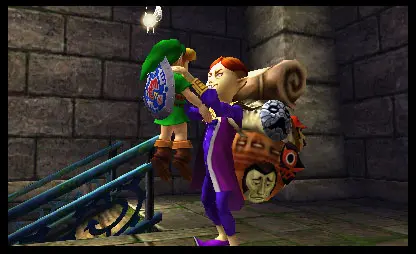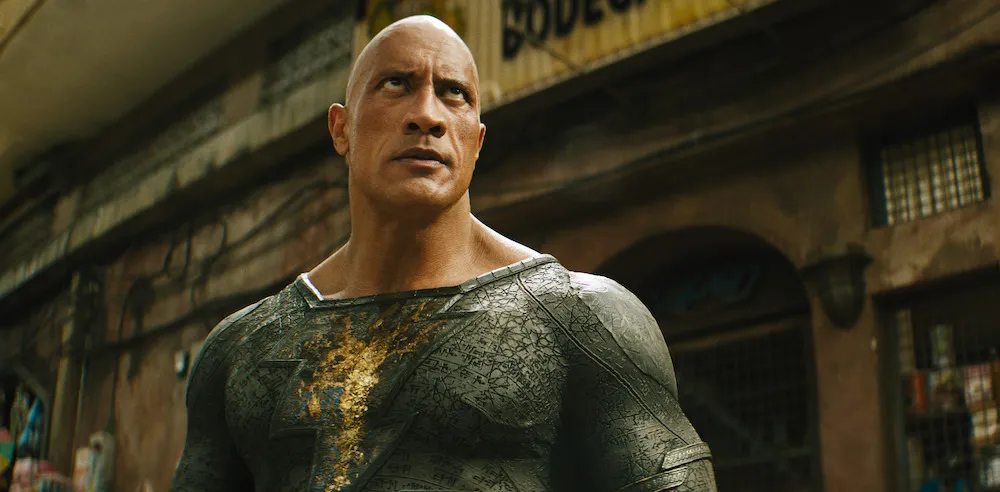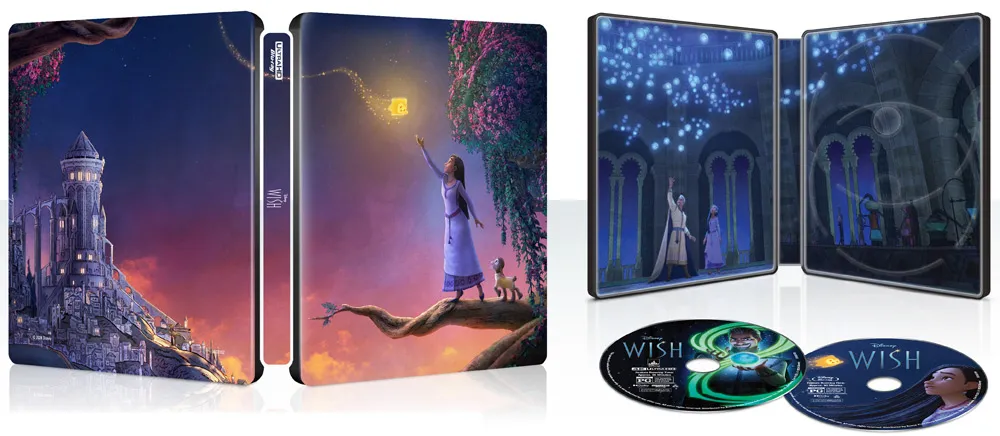The Legend of Zelda: Majora’s Mask is the darkest Nintendo game I’ve ever played. The story of one sad, lonely, twisted boy’s attempt to find a friend to play with — even at the cost of the entire world — is unsettling, not just for a first party Nintendo game, but for a any video game.
Majora’s Mask originally came out in 2000 for the Nintendo N64, a mere two years after arguably one of the greatest games of all time, Ocarina of Time. Nintendo reused a ton of assets from OoT, which sped up the development process, but what Eiji Aonuma and Shigeru Miyamoto came up with was so far off the usual Zelda path that it divided many fans. Gone were the joys of exploration and discovery, replaced here with a timer that loomed in every action and gave the player only 72 hours, or three days in-game time, to save the world before a dastardly-looking moon crashed into Termina, killing everyone. The entire concept smacked in the face of what made Zelda great in the first place. There simply was no time to do anything other than rush, and for many it was, and still is, off-putting.
The world of Termina is made up of four regains, each with a dungeon, and each with a boss wearing a cursed mask. Link is tasked with defeating these bosses and taking their masks (or remains, as the game says) to find the power to stop the maniacal Skull Kid, who himself wears the cursed mask of Majora, from calling the moon down to crash into the world.
 Along the way, Link is tasked with helping the citizens of Termina with objectives, and at the end of the three days, he has to play the Song of Time and reset the world back to the “Dawn of the First Day.” That reset actually resets everything, save for completed tasks that are recorded in your “bomber’s notebook.” If you defeat the snow temple and thaw out the Gorons, once you reset time, the freeze returns and you have to do it again. It’s mind-numbingly frustrating. But that’s also why Majora’s Mask is so beloved by fans, as there really is no other game like it. Love it or hate it, it is a Zelda game and it is unique, if not a bit scary in its execution.
Along the way, Link is tasked with helping the citizens of Termina with objectives, and at the end of the three days, he has to play the Song of Time and reset the world back to the “Dawn of the First Day.” That reset actually resets everything, save for completed tasks that are recorded in your “bomber’s notebook.” If you defeat the snow temple and thaw out the Gorons, once you reset time, the freeze returns and you have to do it again. It’s mind-numbingly frustrating. But that’s also why Majora’s Mask is so beloved by fans, as there really is no other game like it. Love it or hate it, it is a Zelda game and it is unique, if not a bit scary in its execution.
And I do mean scary. Whenever Link switches masks, the scene shows him going through a transformation — coupled with the sounds of pure agony — as his body contorts to that of a Goron or a Zora or a Deku. And scary also describes trying to finish a dungeon and a boss fight as the third day draws to an end. I’ve cut it close each time, only to play the Song of Time and have to redo the boss battle (luckily, once you have the boss’ mask, entering a dungeon takes you right to the battle, so you can spend the remaining time enjoying the fruits of your labor). It makes for some tense situations as Link is forced to speed run through just about everything in the game. This is not how I play a Zelda game. Never has been.
Nintendo stretched out Majora’s Mask with the plethora of tasks for the citizens of Termina, and the constant need (not desire, need) to go back and redo temples to advance the story. Of course, this would be revisited in the Wii’s Legend of Zelda: Skyward Sword, but at least Skyward Sword did it in such a way that it felt organic, not forced. The end result is, and always has been a dark, twisted tale that could have easily been DLC for Ocarina of Time, if DLC had been a thing 15 years ago.
The new version has a few tweaks from the original, though it did not nerf any of the bosses or tasks (that I can remember, at least) and the second screen on the Nintendo 3DS and New 3DS is a godsend, especially since changing masks for Link to acquire certain powers is such a huge focus in the gameplay. And the 3D elements are nothing short of amazing. The Song of Time screen looks awesome, as an example, in 3D as the backward clocks and spiral that links falls into as he goes back to day one literally sucks the player’s eyes into the screen.
 The lack of a second circle pad to control the camera is frustrating, though the game is compatible with the Circle Pad Pro attachment, and of course, is not an issue on the New Nintendo 3DS, with includes a c-stick for camera controls. I played this on a standard Nintendo 3DS XL, and did not have the luxury of controlling the camera. And using the L button to recenter the camera is spotty when enemies are on the screen, and your fairy companion will target-lock to the nearest enemy. Again, it’s a small frustration that is fixed with the new 3DS system or attachment, but if you have neither, it can get hairy.
The lack of a second circle pad to control the camera is frustrating, though the game is compatible with the Circle Pad Pro attachment, and of course, is not an issue on the New Nintendo 3DS, with includes a c-stick for camera controls. I played this on a standard Nintendo 3DS XL, and did not have the luxury of controlling the camera. And using the L button to recenter the camera is spotty when enemies are on the screen, and your fairy companion will target-lock to the nearest enemy. Again, it’s a small frustration that is fixed with the new 3DS system or attachment, but if you have neither, it can get hairy.
The Legend of Zelda: Majora’s Mask 3D is a nice revisit to a controversial and dark game. The same problems that plagued the game originally are all still here, but they are part of what makes Majora’s Mask what it is. Though players are forced to rethink just about everything they’ve come to know and love in a Zelda game, it is still a Zelda game, and for many, this is the first time they’ve had the opportunity to play what many consider the oddest game in the franchises’ 30 years. In many ways, the dark story is a precursor to the dark story in Wind Waker, which, although the graphics and character designs were cell-shaded cartoony, that game’s story was just as dark and somber. At least in Majora’s Mask, you don’t imbed your sword right into the skull of the final boss.
I’m glad that Nintendo released the game for the 3DS and gave me chance to revisit it, though it also brought up the same feelings that I felt 15 years ago in terms of frustrations in having to change the way I play a Zelda game. The remake gives fans who haven’t played it a chance to visit the doomed world of Termina and experience Nintendo’s darkest, craziest game to date.
The Legend of Zelda: Majora’s Mask 3D is available now in both retail and through the Nintendo eShop. This review is based off a copy purchased at retail and played on a standard Nintendo 3DS XL.



